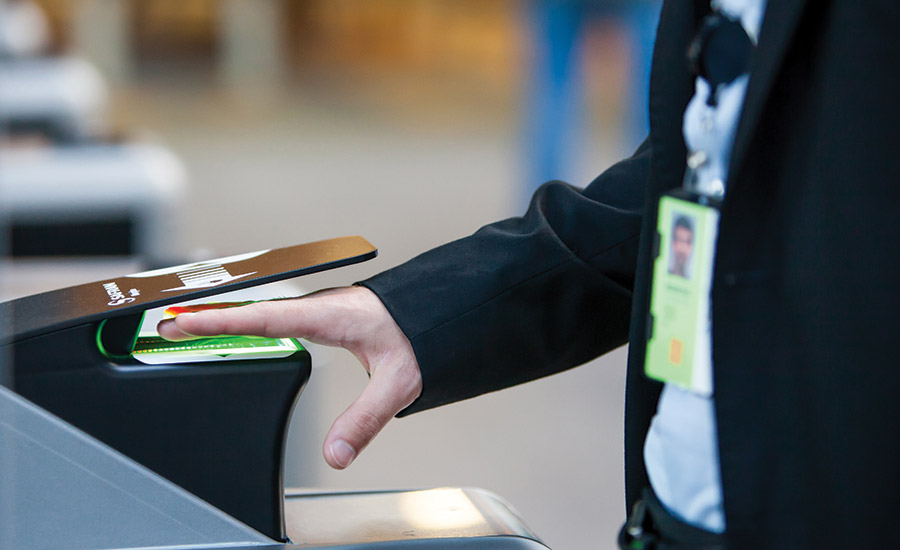Optimizing Mobile Device Security with Fingerprint Technology – In the digital era that is growing rapidly as it is today, the security of mobile devices is a very important issue. Many people use their mobile devices for various activities, ranging from communication, electronic payments, to storing sensitive personal data. Therefore, it is important for mobile device users to optimize the security of their devices. One of the technologies that can be used to increase the security of mobile devices is fingerprint recognition technology.

Fingerprint recognition has become one of the most popular biometric authentication methods in recent years. Not only used in mobile devices, but also in various other applications, such as access to buildings, identity verification at airports, and so on. This technology works by matching the unique pattern on the user’s fingerprint with previously registered fingerprint data.
One of the main advantages of using fingerprint recognition technology
Each individual’s fingerprint has a unique pattern and is difficult to counterfeit. This makes it a very secure authentication method. In addition, this technology is also very practical because it does not require memorizing passwords or using additional tokens such as access cards.
In the context of mobile devices, fingerprint recognition technology is used instead of a password or pattern lock to unlock the device. By optimizing the security of mobile devices through this technology, users don’t have to worry about others easily accessing their personal data if their device is lost or stolen. Just by placing their finger on the fingerprint sensor embedded in the device, they can quickly unlock it and access their content.
In addition to the device lock feature, fingerprint recognition technology can also be used in other security applications. For example, several banking applications have adopted the use of fingerprints as an authentication method for conducting financial transactions. This provides a higher level of security, as it requires not only a password or PIN, but also verification of the user’s fingerprint. Optimizing mobile device security with fingerprint technology,
Another advantage of fingerprint recognition technology is user convenience. Using fingerprints to unlock devices or access apps allows users to easily access their devices without having to remember complex passwords or experience the difficulty of entering lock patterns. This technology can also speed up the authentication process, as users only need to touch the fingerprint sensor with their finger, which usually only takes a few seconds.
However, fingerprint recognition technology also has some drawbacks. One of the main problems is the possibility of recognition errors. It is possible that the fingerprint sensor may not read the fingerprint properly in some situations, such as when the user’s finger is wet or injured. In addition, there is also the possibility that the user’s fingerprint data can be recorded and misused by irresponsible parties.
To solve this problem, mobile device manufacturers and fingerprint recognition technology developers continue to conduct research and development. They are working to improve the accuracy and reliability of this technology, as well as implementing additional security methods, such as fingerprint data encryption, to protect user privacy.
In conclusion, fingerprint recognition technology is an effective solution for optimizing the security of mobile devices. By using fingerprints as an authentication method, users can increase the security of their devices in a practical and convenient way. Even though there are still challenges and weaknesses that need to be overcome, this technology continues to develop and makes a significant contribution in maintaining the privacy and security of mobile device users’ data.